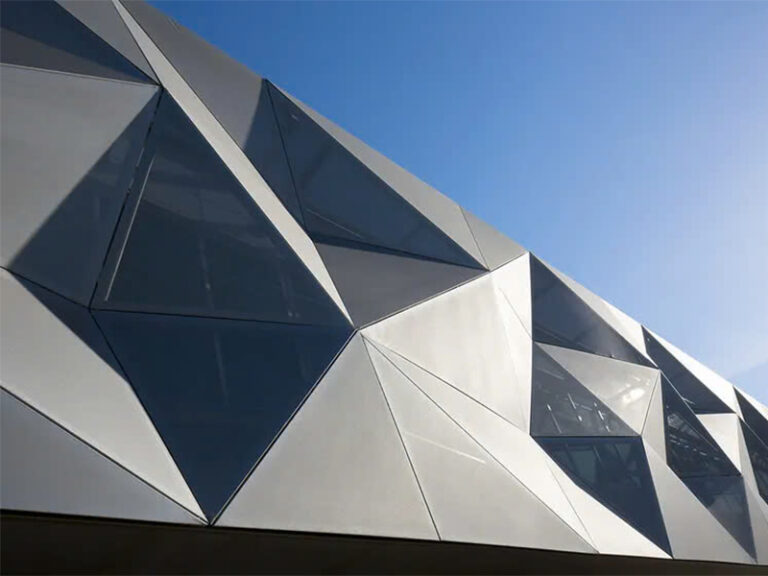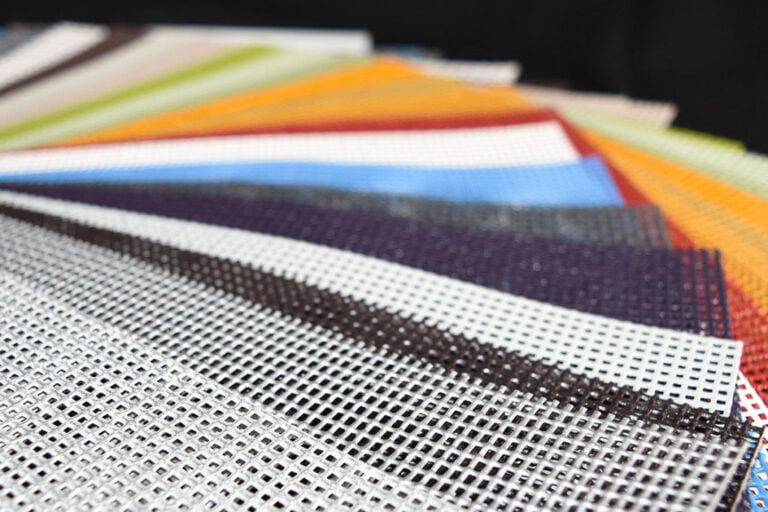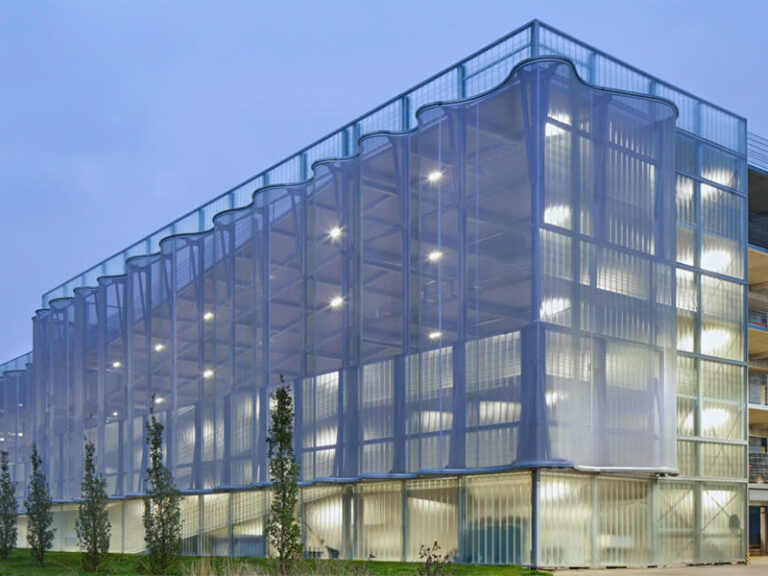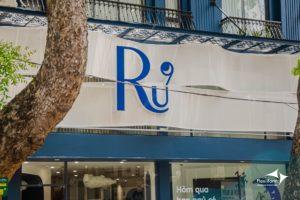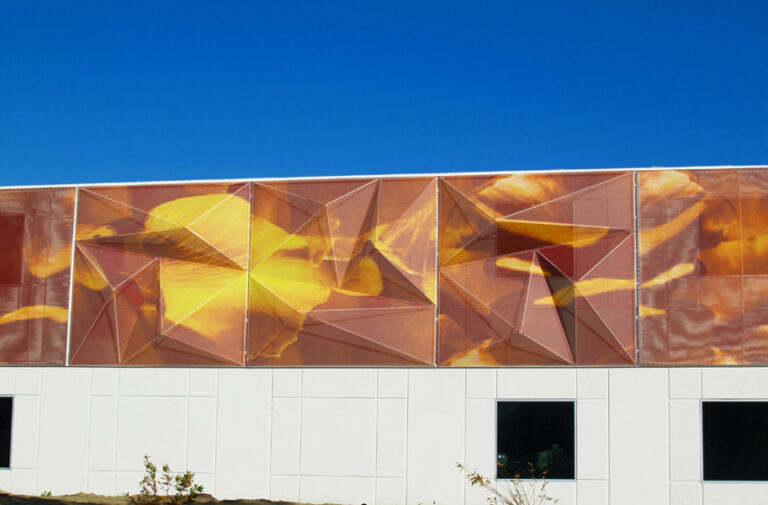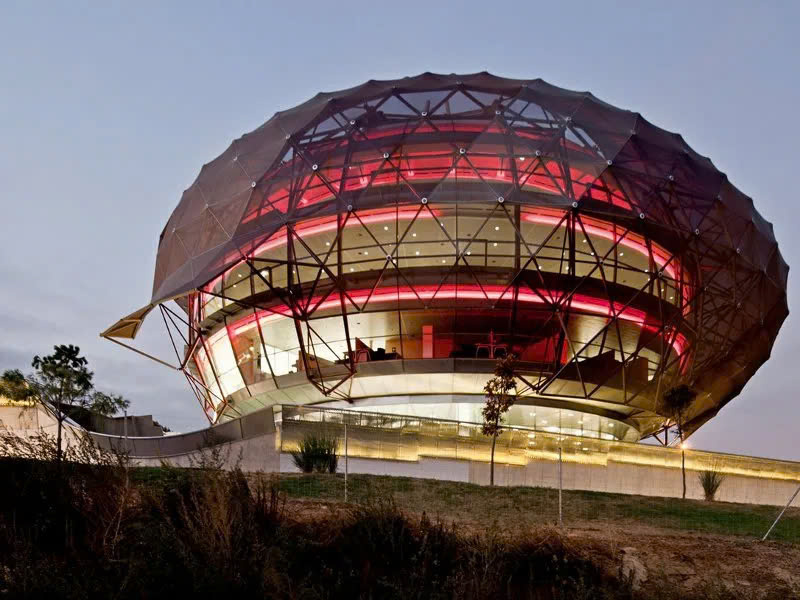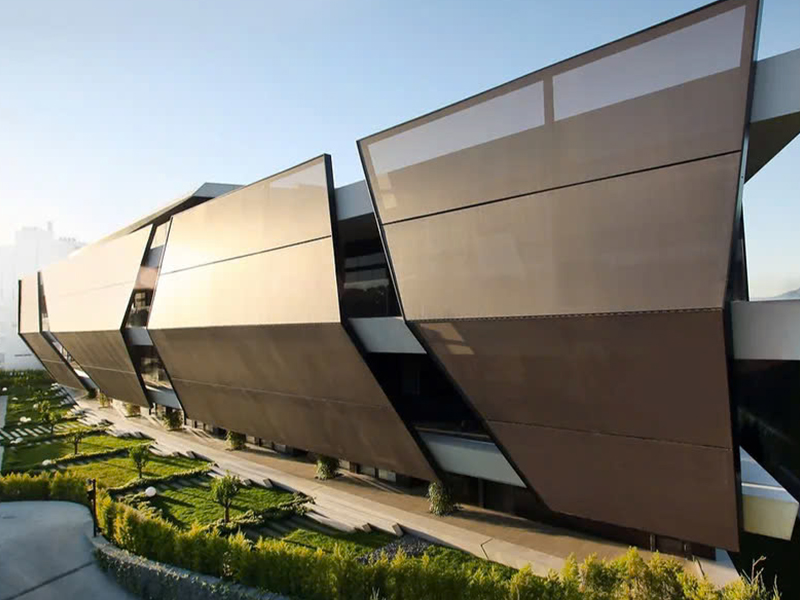Current situation and Solution: Fabric Facade Details – A streamlined facade solution for modern architecture
Fabric Facade details are designed with an optimal structure, focusing on simplicity, ease of installation and maintenance, helping to save significant time and costs for construction projects. Unlike traditional facade systems such as glass, metal or concrete with large volumes, Fabric Facade uses a tensioned fabric system and lightweight structural frame, allowing the construction process to take place quickly without requiring complex equipment. Moreover, the flexibility in design helps Fabric Facade details easily meet all aesthetic and functional requirements, suitable for both temporary works and long-term projects.
Technical Requirements & Context Analysis
The current construction industry context places high demands on economic efficiency, speed of implementation and flexible adaptability of architectural solutions. Traditional facade systems are often complex in construction, time-consuming, labor-intensive and costly in materials. This leads to the need for a facade solution that can minimize the above factors while still ensuring technical performance and aesthetic value. Fabric Facade details appear as a solution that meets these requirements precisely, bringing streamlining in every aspect from design to operation.
Technical Solutions and Implementation Process
The Fabric Facade solution is made up of core technical components and standardized deployment processes to maximize leanness.
Technical Structure of Fabric Facade
The Fabric Facade detail is composed of two main components, optimized for compactness and efficiency:
- High-tech fabric layer: This is the surface component of the system, manufactured from advanced materials such as PTFE (Polytetrafluoroethylene), PVC/PES PVDF (Polyvinyl Chloride/Polyester with Polyvinylidene Fluoride coating) or ETFE (Ethylene Tetrafluoroethylene). These materials are selected based on important technical properties:
- High durability and longevity: Good resistance to weather, UV rays, and environmental factors.
- Insulation and waterproofing: Helps control the temperature inside the building and protects against rain.
- Flexibility in shaping: Fabric can be cut to custom sizes and shapes, meeting a variety of design requirements.
- Fabric tensioning system and structural frame: Includes aluminum or stainless steel frame (304, 316 stainless steel) and cable system, tensioning accessories.
- The frame is designed to fix the fabric layer, ensuring stability and safety for the entire facade.
- The tensioning system helps maintain the flat tension of the facade in all weather conditions, minimizing the risk of sagging or warping, this is an important Fabric Facade detail that ensures aesthetics and performance.
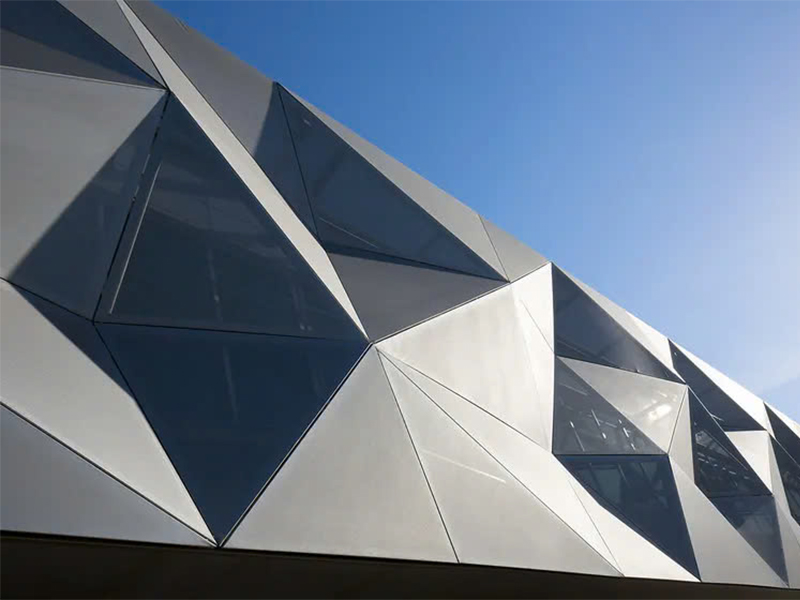
Lean Deployment Process
The Fabric Facade deployment process is optimized for leanness:
- Design and Prefabrication: Frame and fabric components are precisely designed and fabricated in the factory, minimizing work on site.
- Quick Installation: Thanks to its lightweight structure and standardized details, Fabric Facade can be installed in much less time than traditional facades, significantly reducing the overall construction time of the project.
- Simple Maintenance: The fabric surface is dust-resistant and easy to clean with water or mild cleaning solutions, does not require complex maintenance techniques, helping to save long-term operating costs.
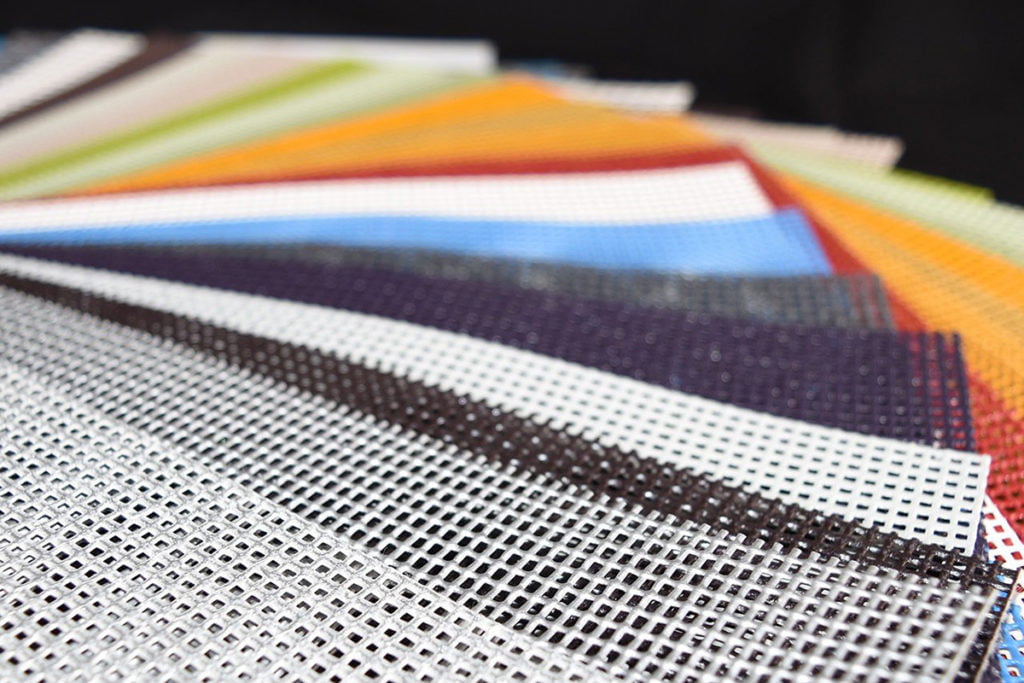
Results and Performance Evaluation
The detailed application of Fabric Facade brings clear results and efficiency benefits:
- Optimize costs and time: Reduce structural load, shorten construction time and simplify maintenance process, resulting in significant savings in initial investment and operating costs.
- Customization and versatile applications: Fabric Facade can be flexibly customized in shape, size, color and pattern, suitable for many types of projects from offices, shopping malls, residential houses to temporary exhibition booths.
- Minimize environmental impact: The manufacturing process of technical fabrics is less emission-intensive than traditional materials such as glass or metal, and many fabrics can be recycled after use, contributing to sustainability goals.
- Easy to replace and upgrade: In the event of maintenance or design changes, the fabric can be removed and replaced without affecting the main structure, providing flexibility for future projects.
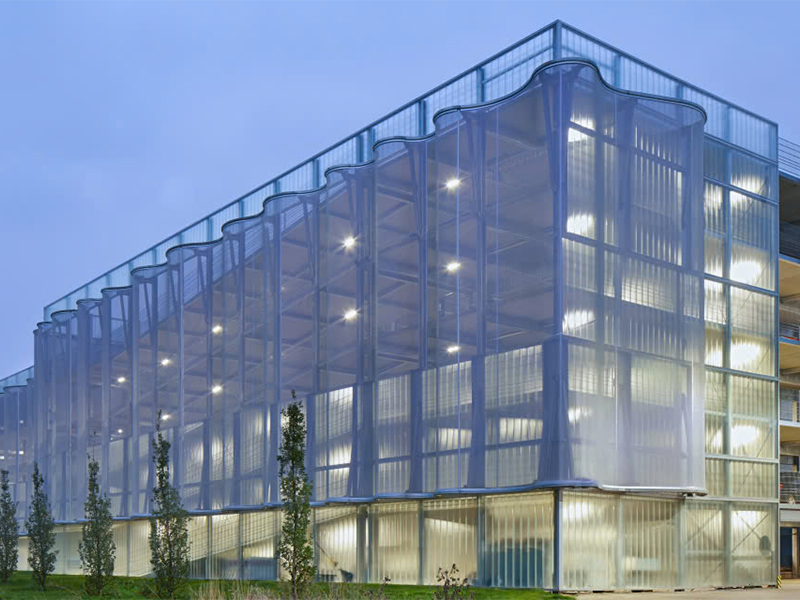
Contact Technical Consulting
Flexiiform specializes in providing consulting, design, and construction services for Fabric Facade solutions with optimized Fabric Facade details to ensure compactness and high efficiency. With technical capacity and practical experience, we are committed to providing quality facade solutions, meeting all strict requirements on aesthetics, function and budget.
To receive in-depth consultation on lean Fabric Facade solutions for your project, please contact:
Flexiiform Company Limited
Website: https://flexiiform.vn/
Phone: [Add contact phone number if available]
Email: [Add contact email if available]


